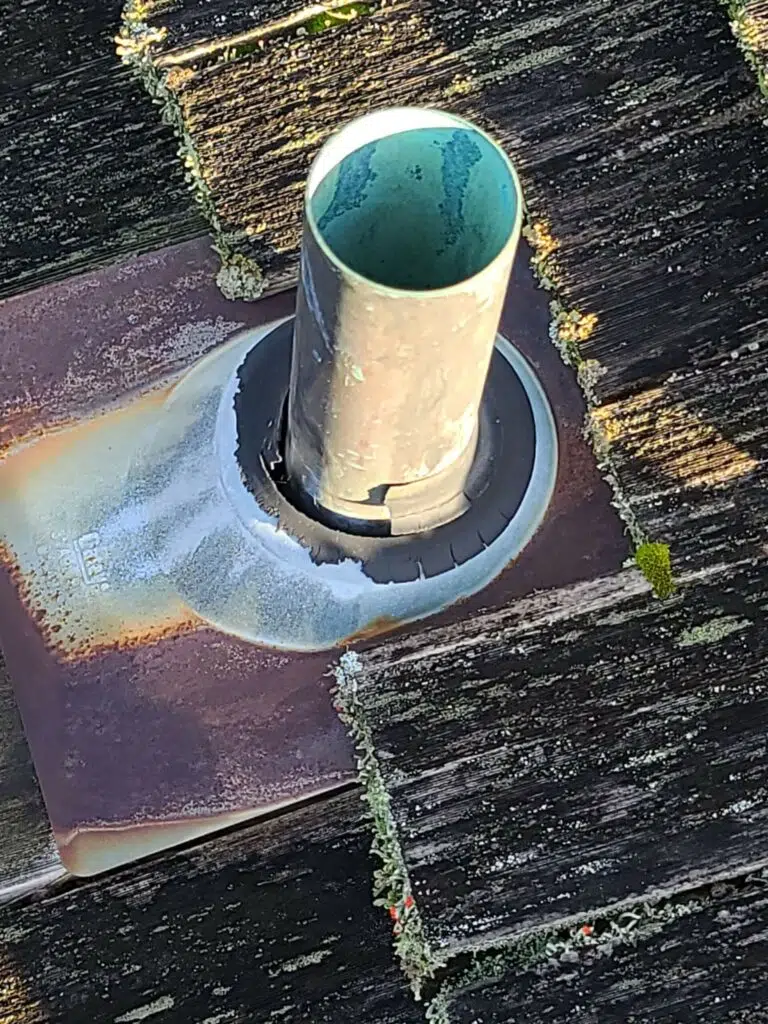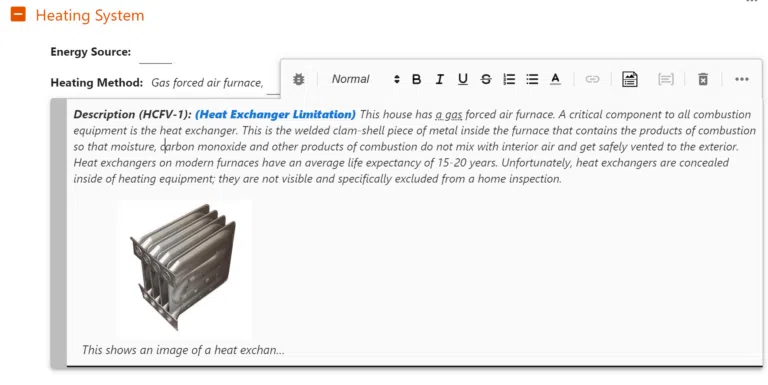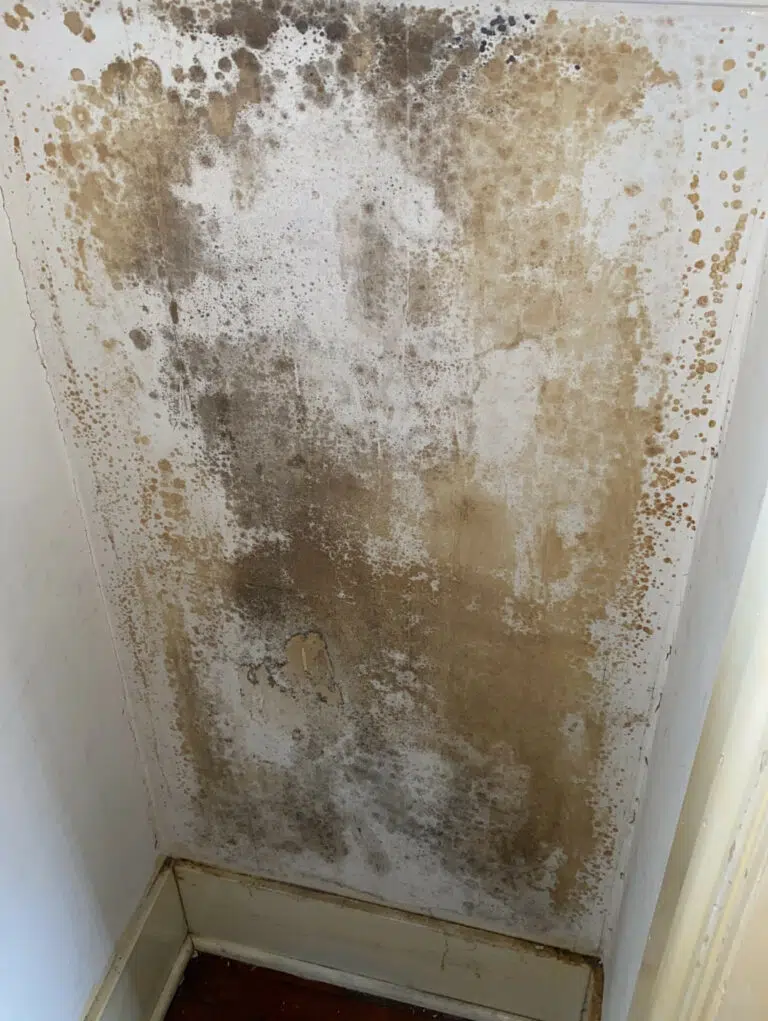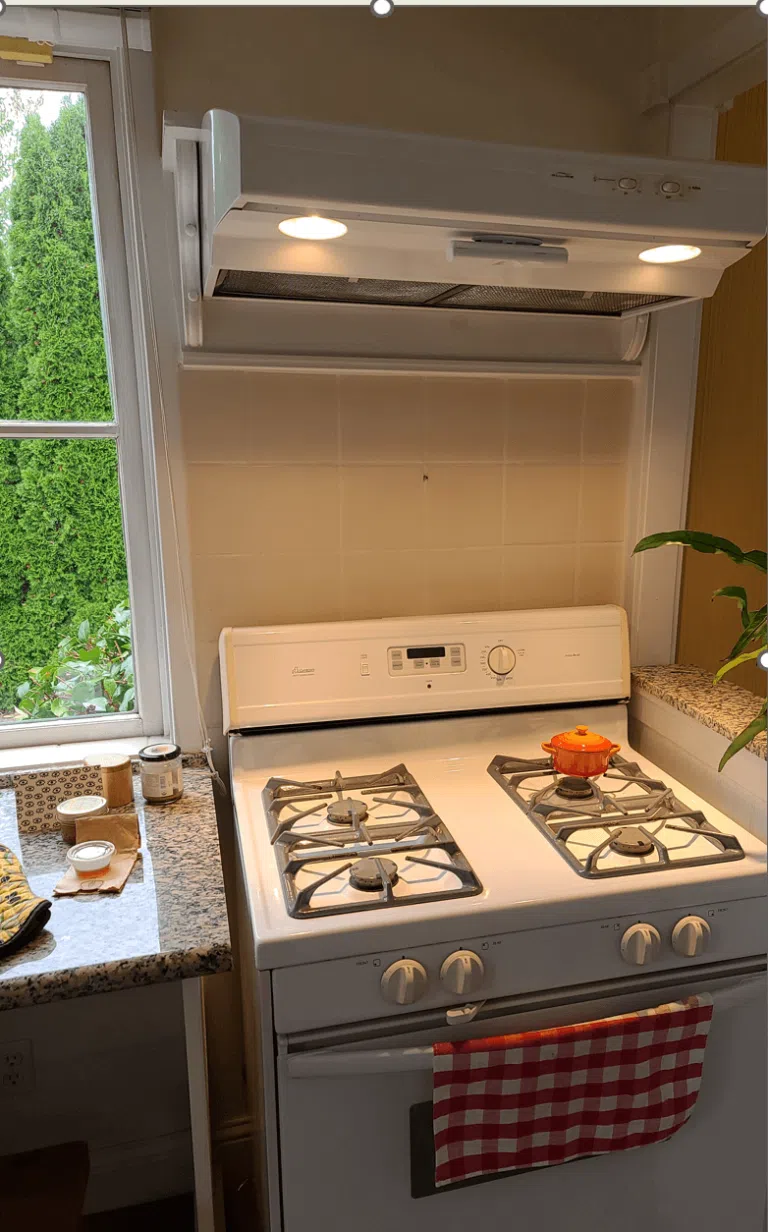Understand the bones of a house
As you know, one of the many difficult parts of being a home inspector is delivering bad news. Nobody enjoys delivering bad news. But when you are hired to evaluate the condition of a building for a prospective home buyer, and there are many tens of thousands of dollars at stake, as well as emotional turmoil, it is critical to perform this job thoroughly and objectively…. Even if the discoveries made during a home inspection lead to a home buyer terminating their contract and kill the deal.
Home inspectors work hard to be both thorough and clear; we do not want our clients to be scared out of buying a perfectly good house that has routine maintenance issues – at the same time, we want our clients understand what they are getting into with the purchase of any given house.
With experience I have found, there are three primary reasons why information uncovered during a home inspection causes a home buyer to “kill the deal” and rescind their offer and look for another house. Hopefully this article helps you inform your clients about these especially vexing houses.
The house is not what it looks like
The Flip
The most common example of a house that looks like one thing, but in fact is something else, is the flipped house.

As you know, when homes are purchased to be flipped, they are often bought at auction and seldom have inspections done prior to purchase. This means a company gets the house and decides what to update based on what they can sell it for and not what the house needs in terms of updates and repairs. During the home inspection look carefully for flips in need of structural repairs or chronic moisture problems that were covered up in an effort to sell the house. On the outside, everything looks new and shiny, but there may be deep dysfunction lurking in the bones of the house.

The Vacation Home
Another example of houses that are not what they seem are houses that began as vacation homes and have been added onto and remodeled multiple times over the years as the once rural and inexpensive setting on which they were originally built grows up to become a sought-after place to live. One way to ferret these out is to think about what a given neighborhood was like when the home was built. Older homes like this were often constructed with small budgets and with a humble point of view and may not have been built with the expectation that they would last for hundreds of years or sell for many hundreds of thousands of dollars. These houses may look bright and shiny and fancy after dozens of additions and remodels but underneath there may be a hodge podge of foundations, additions and rooflines that can make them fundamentally different than they appear. These are not “bad houses,” but they are often quirky and present risks that some buyers may not have been anticipating. One tip that often gives these homes away is a quirky roofline that looks like a hodge podge of additions. Dysfunctional and quirky rooflines often belie dysfunctional and quirky houses.
The client’s expectations are not in alignment with the house
The best example of this problem is the 20-year-old house that has not been updated. You can hear the refrain from your client: “but it’s only 20 years old!”
In fact, most 20-year-old homes are not bad houses but they often require expensive systems updates. This is because many house systems only last 15-20 years. A common list of systems that require replacement after 20 years is: roof, deck, furnace, and appliances. I also find that after 20 years carpets are stained and worn thin, hardwood finishes are scratched and interior paint needs updating.
These are all disposable systems and they are in no way indicative of a “bad house,” or “bad bones.” But if the owner you are buying from has not been picking away at these systems you can be left with some expensive updating. Add to this the fact that many 1990’s era homes were sided with a Hardboard or OSB siding system that may be failing by now and the 20-year-old home often ends up with a maintenance list that surprises the unprepared home buyer. This could be reason to “kill the deal”.
The fixer house has bad bones
Buyers often go into fixer houses knowing that they need to renovate. Common expectations include the need for a new roof, gutters, furnace, kitchens, bathrooms, flooring, paint and appliances; these are often fairly self-evident.


Problems arise on fixer homes when too many discoveries are made about the bones of the house that buyers were not anticipating. I think of the bones as the core systems of the house: foundation, frame, roofline, floor plan, drainage and access. If for example, your home inspection finds that a house has structural problems, expensive damage from wood destroying organisms and drainage problems, this can add a great deal of cost, uncertainty and complexity of a fixer project. It may even push the house out of a price that was agreed to prior to the inspection.

These are just a few of the scenarios you can run into that could “kill the deal”, and, of course, a home inspector only presents the facts as best they can; the buyer makes the final decision. But helping your client understand what they are proposing to buy in the larger context is at the core of what we are trying to accomplish as home inspectors. The ability to take findings and observations and synthesize them into knowledge and understanding about the type of home your client is proposing to buy can make all the difference.
I hope this will help when you run into these difficult situations during your inspections.
____________________________________
Dylan Chalk is the author of The Confident House Hunter – a book to teach home buyers how to look at and understand houses: Cedar Fort Press www.dylanchalk.com. He is also the founder of ScribeWare inspection report software offering innovative and simple Report-writing solutions – www.getscribeware.com and he is the owner of Seattle-based Orca Inspection Services LLC, www.orcainspect.com. He has performed over 5000 home inspections and is a full member of ASHI.






